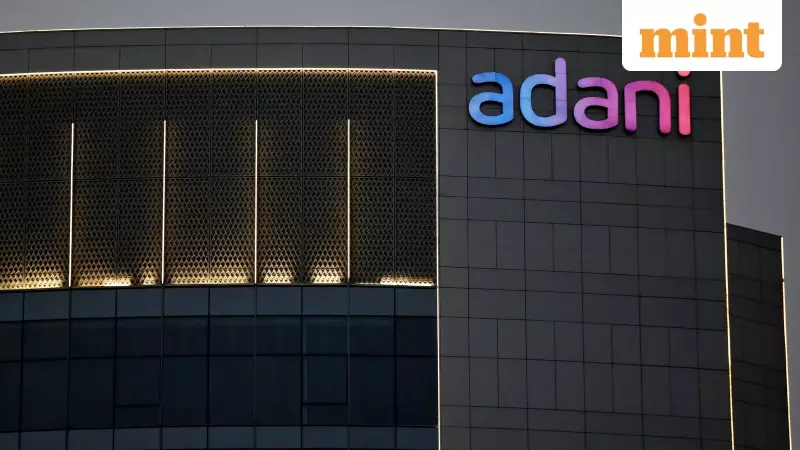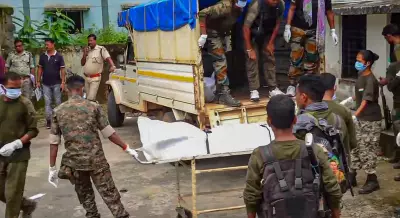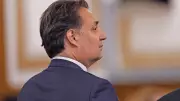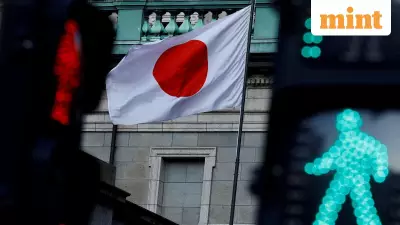Politics
3 Naxalites, Including Woman, Killed in Sukma Encounter with Security Forces
A woman among three Naxalites was killed in an encounter with security forces in Chhattisgarh's Sukma district on December 18. Police confirm the operation was based on specific intelligence.
Business
Gold Loans Empower Women Entrepreneurs in Semi-Urban India
Women entrepreneurs in semi-urban India are using gold loans to overcome credit barriers. Discover how this practical financing solution is driving business growth and financial independence.
World
BOJ's 30-Year High Rate Hike: Why It Matters for India & Global Markets
The Bank of Japan raises its key rate to 0.75%, the highest in 30 years. Discover how this move impacts global markets, the carry trade, and borrowing costs worldwide, including potential effects on India.
Entertainment
Kate Winslet Directs Film on Grief; Avatar 3, Korean Thriller Hit Screens
Oscar winner Kate Winslet makes directorial debut with a personal film on loss. Plus, Avatar: Fire and Ash hits theatres and a Korean survival film floods Netflix. Explore the latest.
Sports
Lifestyle
Health
Viral Kickboxing Video: Army Vet's Fitness Stuns Internet
A 61-year-old retired Lieutenant Colonel's intense kickboxing routine goes viral on X, drawing playful Mahatma Gandhi comparisons. Discover the story behind the fit veteran's discipline.
Diabetes Cases Projected to Reach 900 Million by 2050
New projections warn diabetes cases could hit 900 million globally by 2050, driven by modern lifestyles. Learn the causes, impacts, and prevention strategies to combat this silent pandemic.
Delhi roads see less traffic after GRAP-4 implementation
Delhi government reports a significant reduction in vehicular movement following the imposition of GRAP-4 anti-pollution measures. Read the full impact assessment here.
Six Kids Get HIV from Tainted Blood in Satna; 3 Suspended
Madhya Pradesh govt suspends three, including blood bank in-charge, after six children contract HIV via transfusion in Satna. Read the shocking details and official action.
David Caprio's Skin Cancer Scare: A Vital Warning
David Caprio, son of Judge Frank Caprio, shares a chilling skin cancer biopsy story. Learn about skin cancer risks, types like melanoma, and crucial prevention tips to protect yourself and family.
Technology
Get Updates
Subscribe to our newsletter to receive the latest updates in your inbox!
We hate spammers and never send spam









































